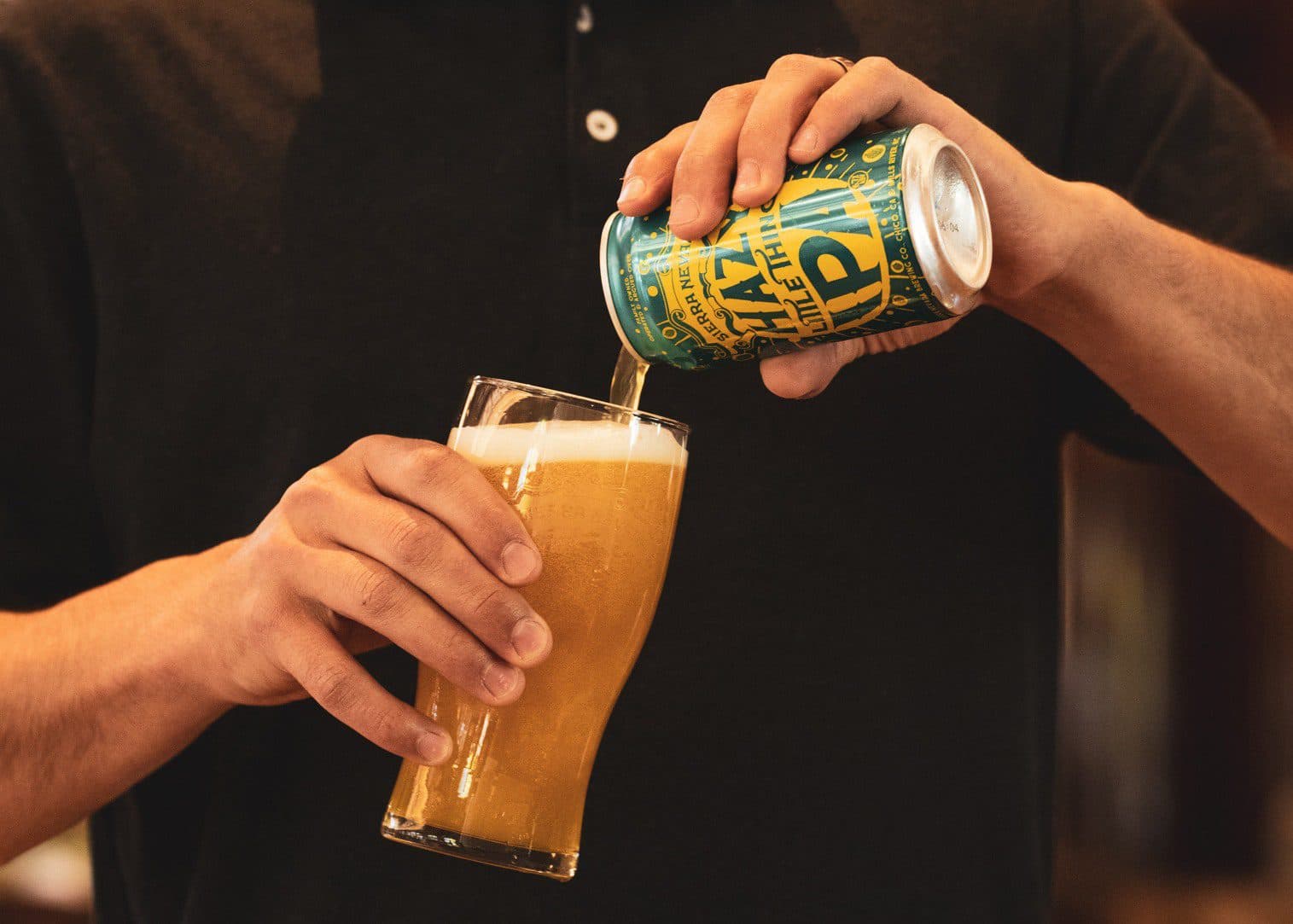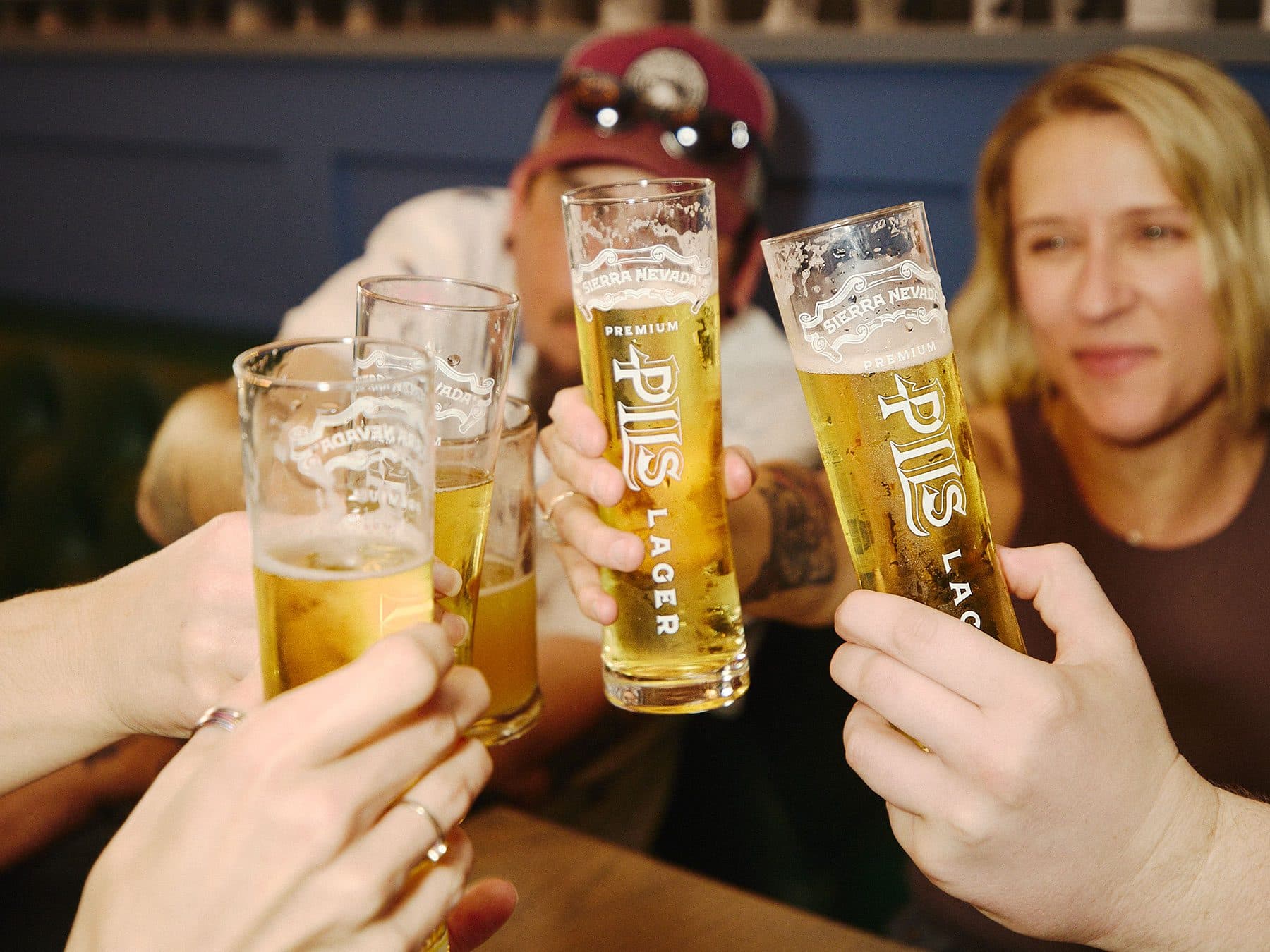Beer aisles and bar menus have no shortage of popular styles like Hazy IPA or crisp lager. But maybe you need to change it up, give your tastebuds a little surprise.
A sour beer, like a summertime glass of lemonade, might just be the pleasant pucker you’re after.
Sour beer is a broad category, with various substyles that all give special attention to the acidity level a drinker will perceive. That tartness, if it’s slight, can be pure refreshment. You’ll also find sour beers that stop you in your tracks — cheeks collapse and eyes squint. Craft brewers make all kinds, and you’re bound to find your favorites.
How sour beers are made can vary, but they all depart from the standard yeast strains of most ales and lagers, which require highly sterile environments. Sour beers opt for “wild” yeasts, and they also welcome friendly bacteria like lactobacillus, which you find in common groceries like yogurt or sauerkraut.
What Does Sour Beer Taste Like?
The prominence of sour flavor changes across different beers. With something like our one-off Estate Melon Gose, a tart wheat ale, the acidity is generally mild on your palate — it’s crisp, makes you say Ahhh, and draws you back in for more.
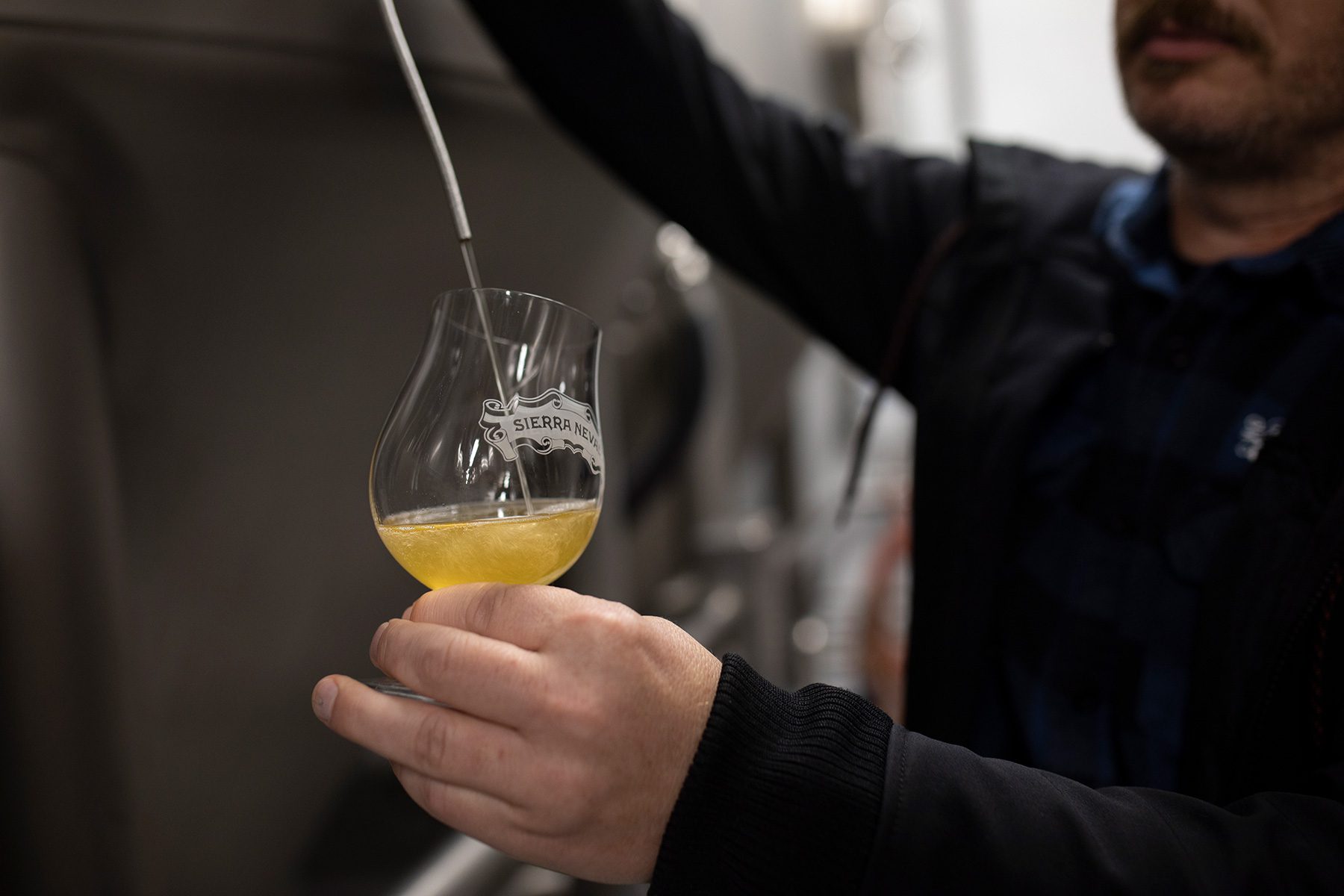
Conversely, our ultra-rare Big Chico Kriek is more intense; odds are you’re sipping slowly. Ale yeast, wild yeast, and lactic acid bacteria all go toward its fermentation. Plus, we roll it away in red-wine barrels for more than a year, referment it with sweet cherries, and eventually give it one last touch: bottle conditioning with champagne yeast for those fine bubbles.
In the case of Brux, our 2012 collaboration with Russian River Brewing Co., its flavor has changed in delicious ways over the years. Brux is named for Brettanomyces bruxellensis, the wild yeast known for characteristics often described as funky, barnyard, or even fruity.
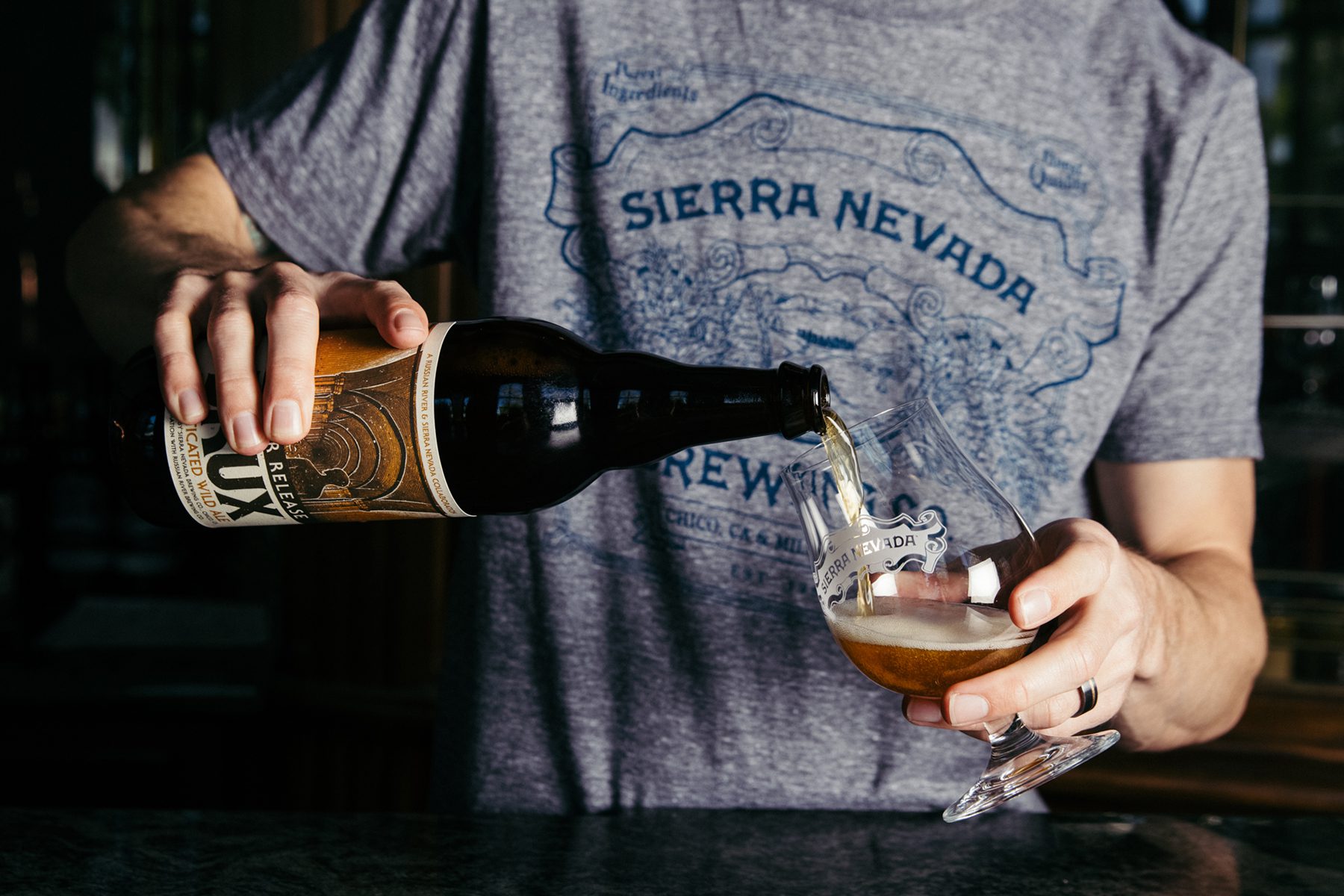
How Are Sour Beers Made?
How exactly are yeast and bacteria introduced in sour beers? In some cases, the brewer has it all under their control; other times, you leave it up to nature.
One common technique, which we’ve used for beers like Otra Vez, is called accelerated “kettle souring.” First, we make wort (unfermented beer) without any hops. Then we boil it, cool it and add lactobacillus, which turns sugar into lactic acid. Voila! Now we’re sour. We blend this special wort back into a beer’s total wort production to achieve the level of sourness we’re after.
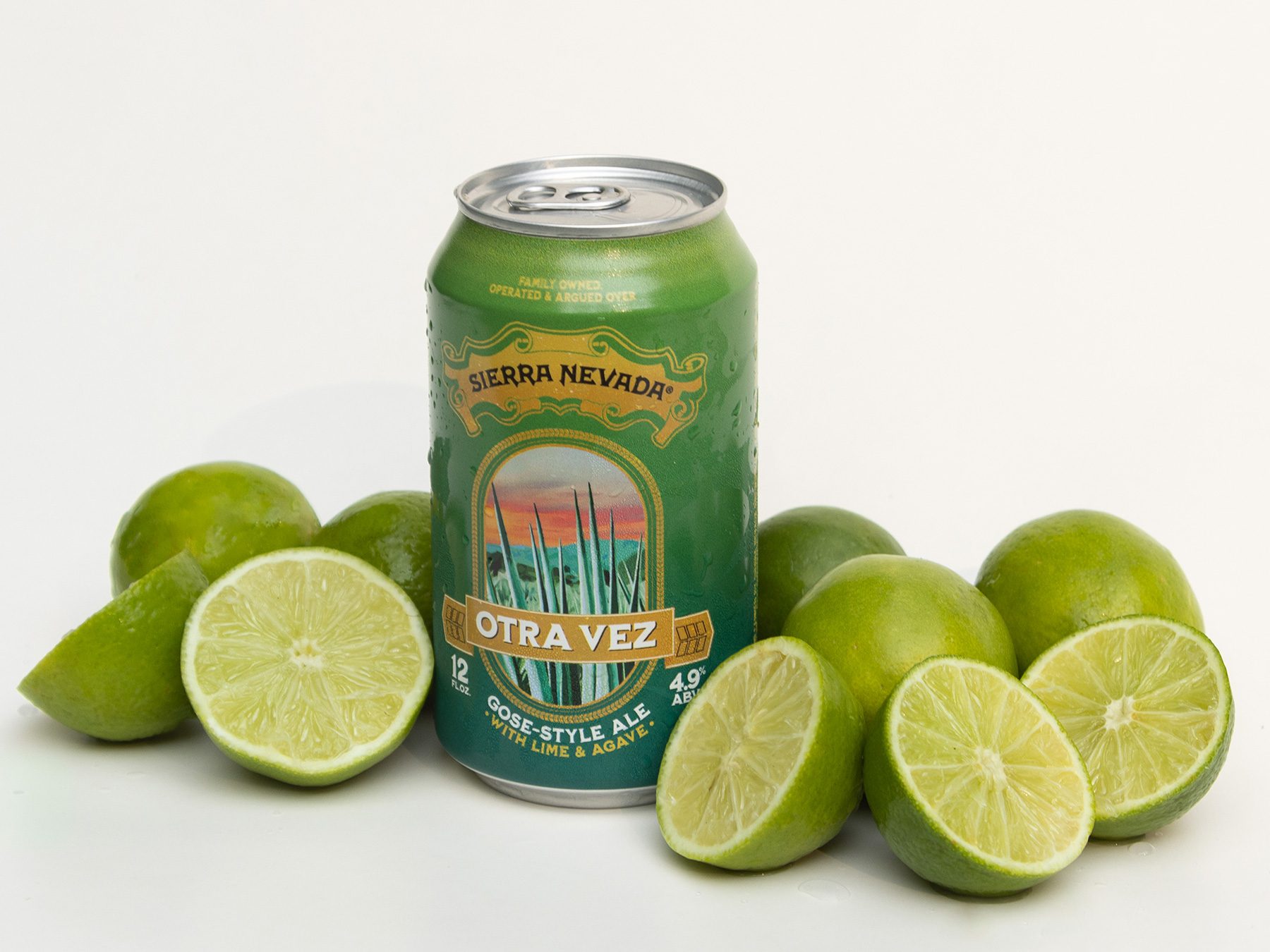
For Brux, we added the wild Brettanomyces yeast in a hyper-controlled way, microdosing each bottle just before corking. That “Brett” yeast then eats any residual sugars in the bottle, generating its rustic flavors.
There’s also spontaneous fermentation, where brewers invite microorganisms from the surrounding environment into the beer.
In 2019, we brewed a blonde-style base beer, filled two open-top tanks, and drove them to a nearby peach orchard at the Chico State University Farm. It was early March, the peach blossoms were in super bloom, and the weather was perfect. We pulled off the tank lids, left the truck overnight, and crossed our fingers that wild yeast and bacteria in the air would take a swim.
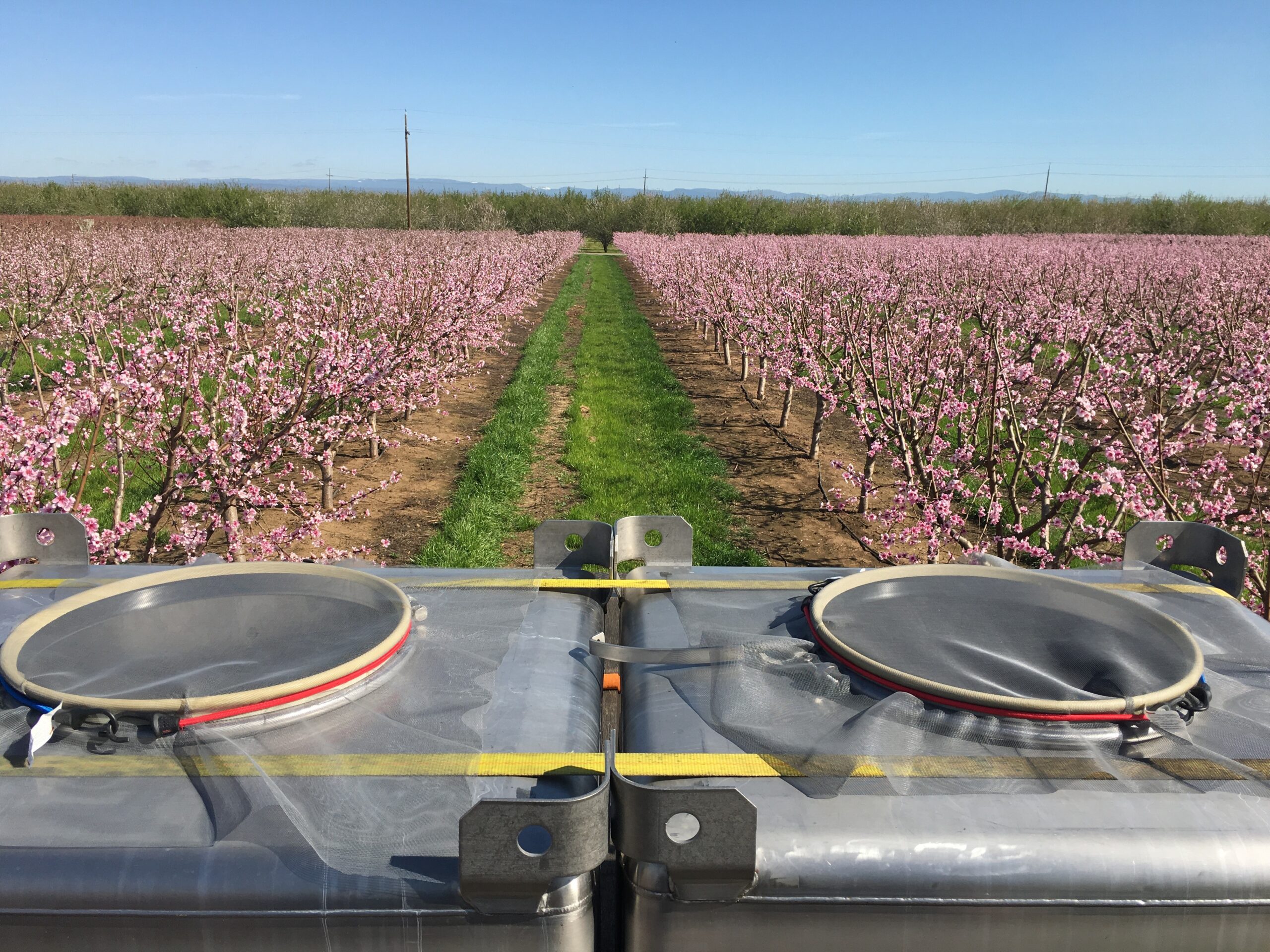
“And about a week later we’d get excited if it bubbled,” says brewer Nick Ison, laughing. “There’d be a bubble that would come out there and we’re like, ‘Ooh, it’s alive!’”
After months of additional barrel aging, it was finally ready to share — but only within Alpha Hop Society, our rare-beer club. It had a fruity profile of citrus, lemon and stone fruit, all wrapped in modest sourness.
Types Of Sour Beer
There’s no shortage of sour-beer variety, with some styles dating back hundreds of years.
- • Lambic: These beers are an uber-sour, spontaneously fermented gift from Belgium, whose brewers include specific fruit to temper the acidity. Framboise, for example, is a Lambic beer flavored with raspberries. A predecessor to Framboise is Kriek, which spotlights cherries; Big Chico Kriek is our ode to this tradition.
- • Berliner Weisse: Coming from Northern Germany, this style is a dry and tangy wheat beer with low ABV and bright carbonation for easy drinking. Some versions incorporate Brettanomyces yeast, while others prioritize lactic acid bacteria, like this small-batch Berliner Weisse that sometimes pops up in our Taprooms.
- • Gose (pronounced “go-suh”): This beer also hails from Germany, and it mirrors Berliner Weisse in some ways, like its wheat malt and low alcohol. But a gose-style beer like Otra Vez highlights a key difference. “Sea salt is one of the ingredients,” says brewer Isaiah Mangold. “[Goses] have this tinge of salinity in there,” which traces back to the salty water supply in Goslar, the town where this style originated.
What Is A Sour IPA?
IPA stands for India Pale Ale, a style with tons of variations under its umbrella. Who wins the West Coast vs East Coast IPA duel? Should you start small with Session IPA or dive into Imperial IPA? There’s also the Sour IPA, which aims to blend the tartness of sour beer with the hoppy character of an IPA. But hop bitterness is tough to marry with sour flavor, so today’s Sour IPAs often focus on hop varieties known for super fruity qualities — better complements to sour flavors. Dry-hopping is a key technique here, drawing out more hop aroma and flavor but not bitterness.
What Food Pairs Well With Sour Beers?
Sour beers are adventures in themselves, but food adds even more delicious dynamics.
Maybe you’ll grill up some rich meat and veggie skewers — hearty flavors that dial up the earthiness of some sour beers. Consider a cheese plate to draw out your beer’s citrus notes or other fruit character. (Not to mention lactic acid plays a role in cheesemaking, so it’s a natural companion.) Or how about a creamy dessert to contrast the power of sour?
Check out this illustrated guide from The Brewers Association, craft beer’s leading trade group, to start brainstorming your food pairings for sour beer and other styles.
Getting Started With Sours
It’s clear that “sour beer” has quite the spectrum, brewed in different ways to varying intensities. Will you dive right in or just dip a toe?
Say you’ve long been a fan of face-contorting candy like Warheads — perhaps go bold with Big Chico Kriek. And if you favor subtlety — sour that’s more of an undercurrent than a crashing wave — Otra Vez is a tasty gateway. Brewed with lime and agave, it has just the right smack of tartness for serious refreshment.

